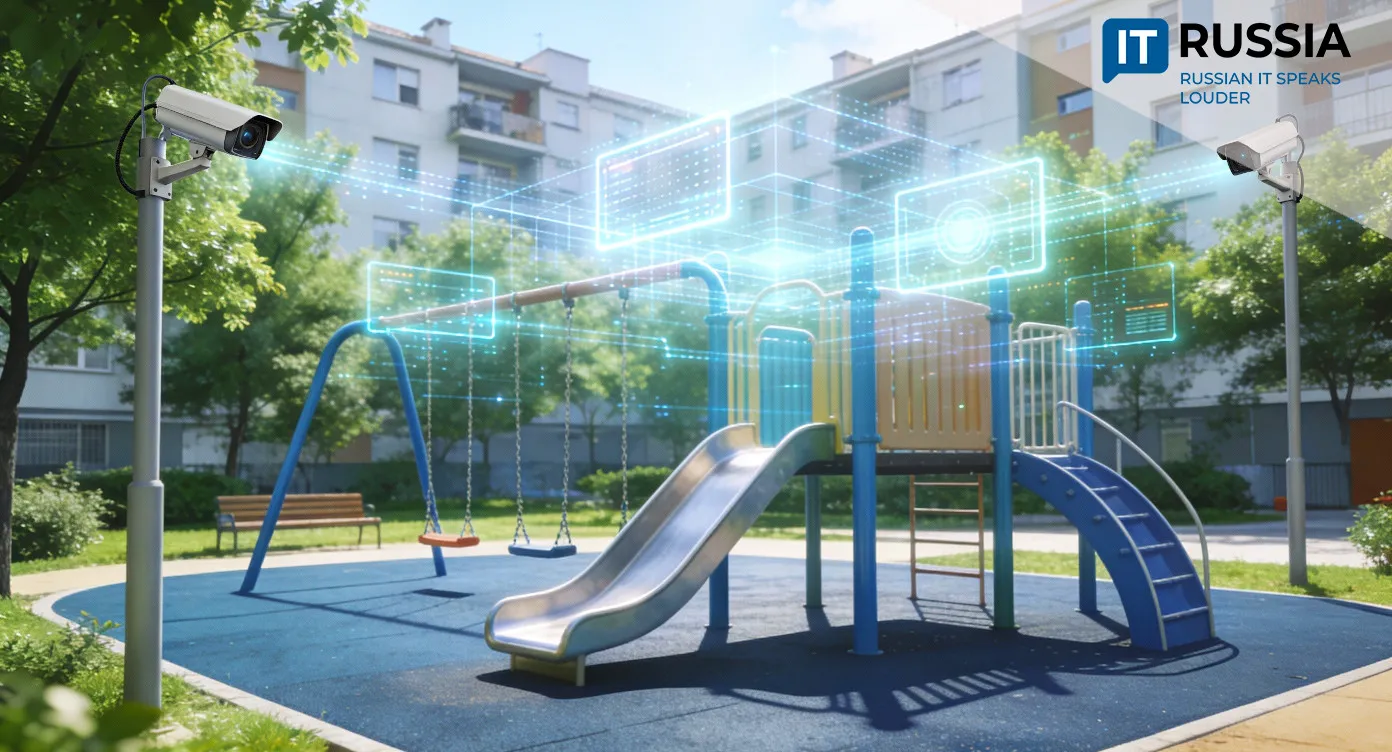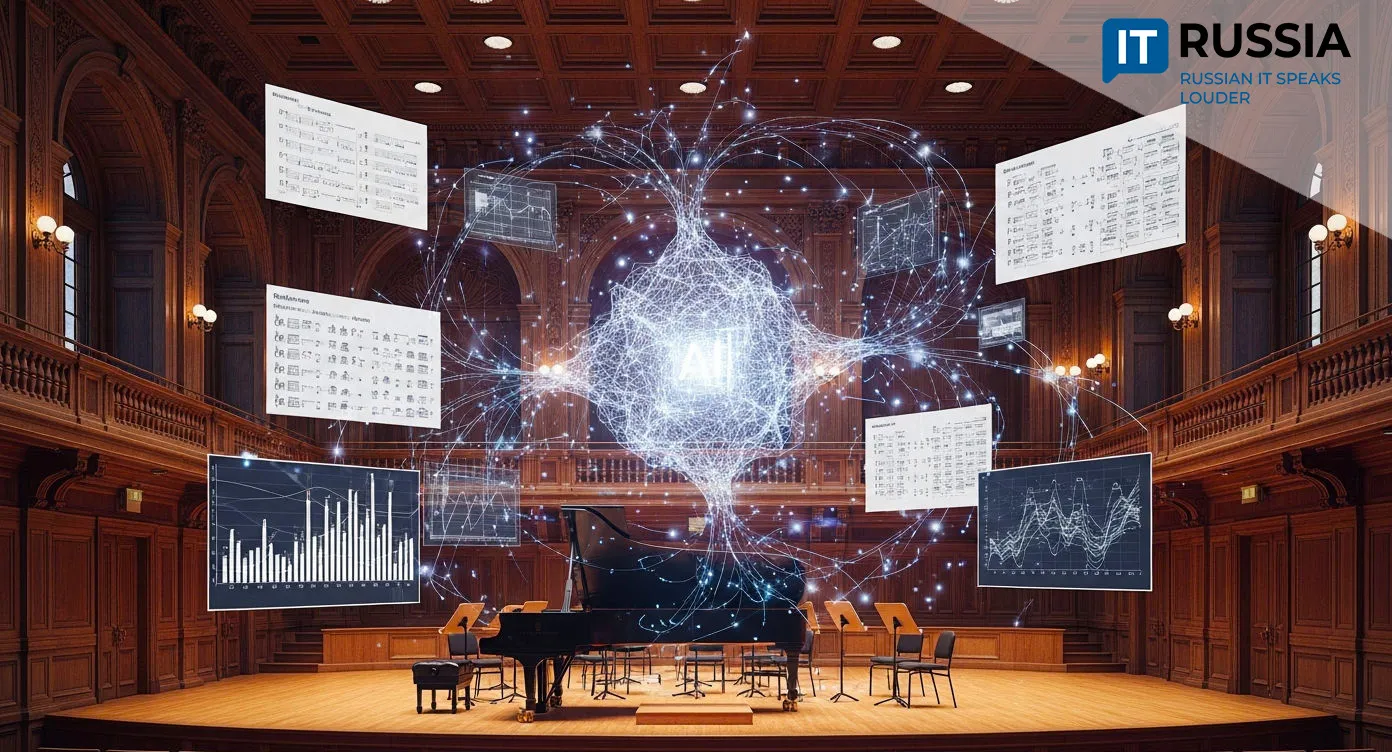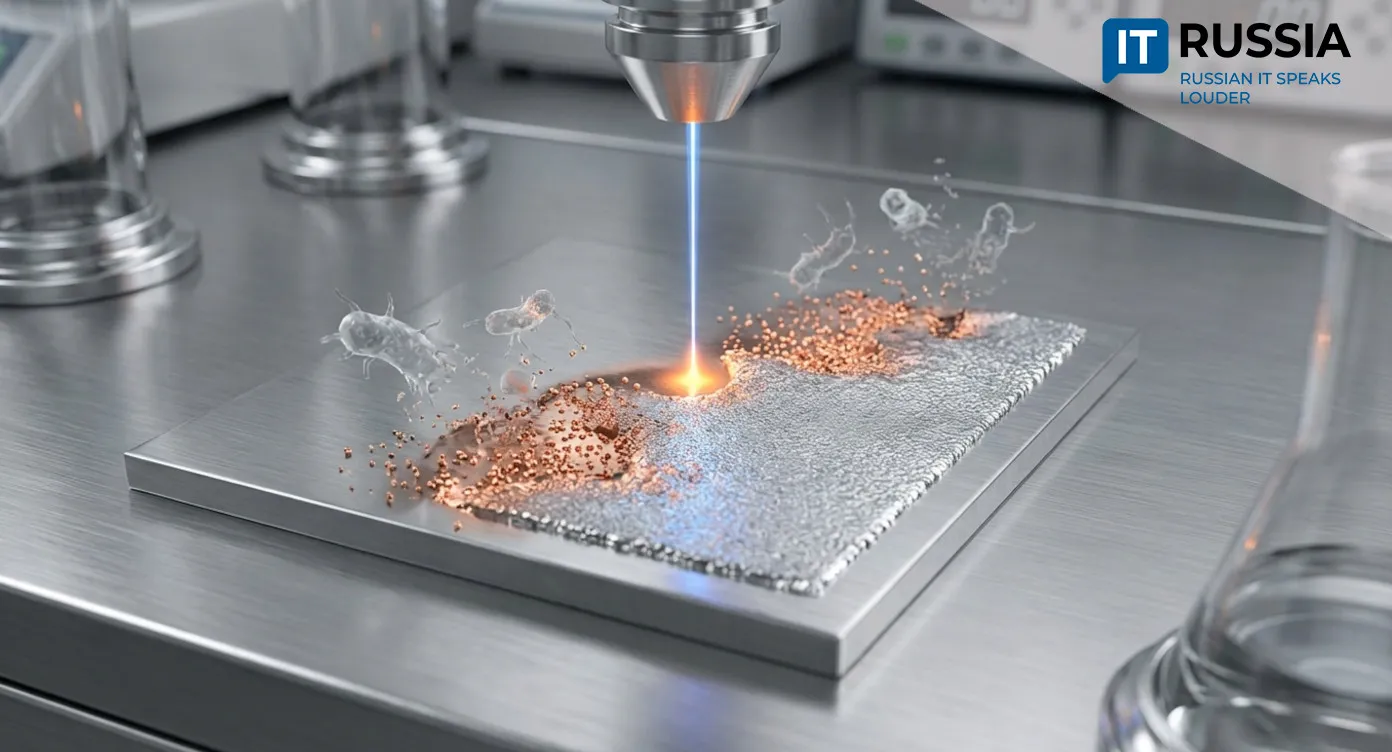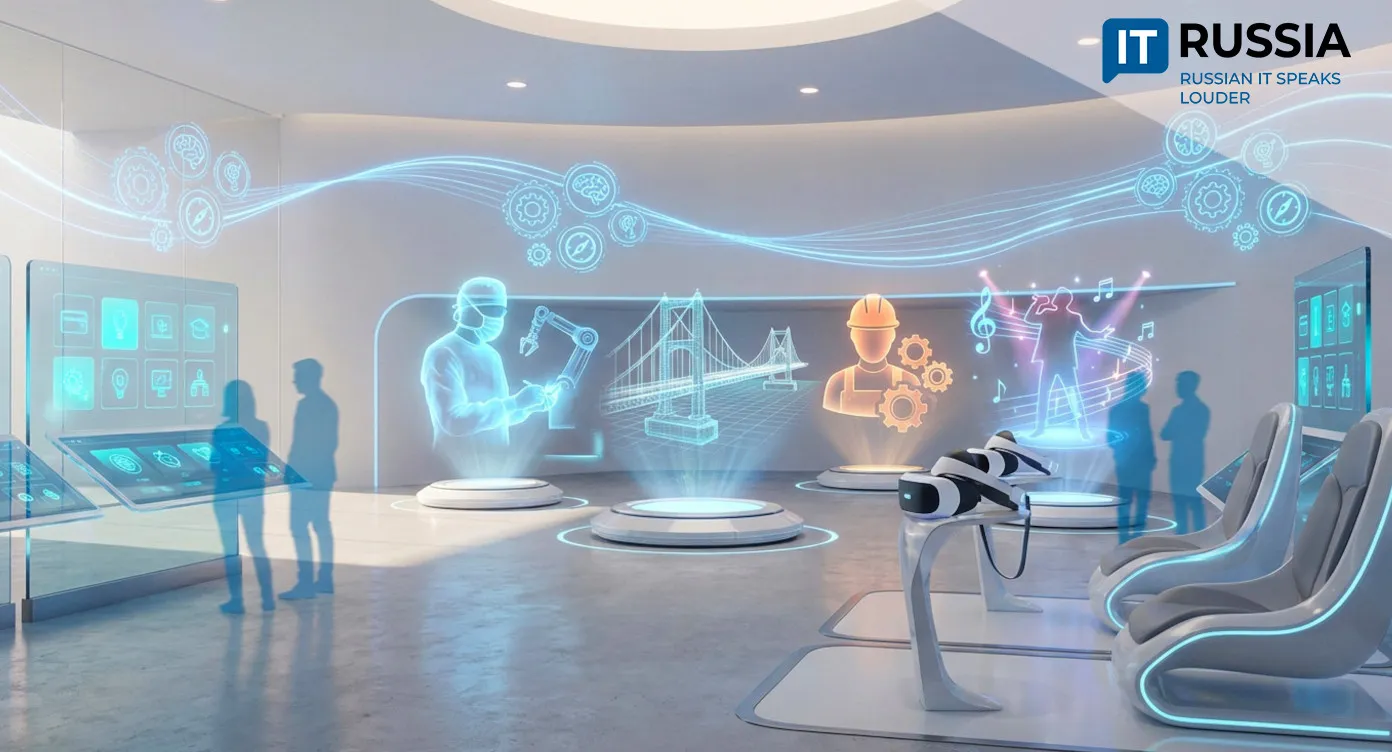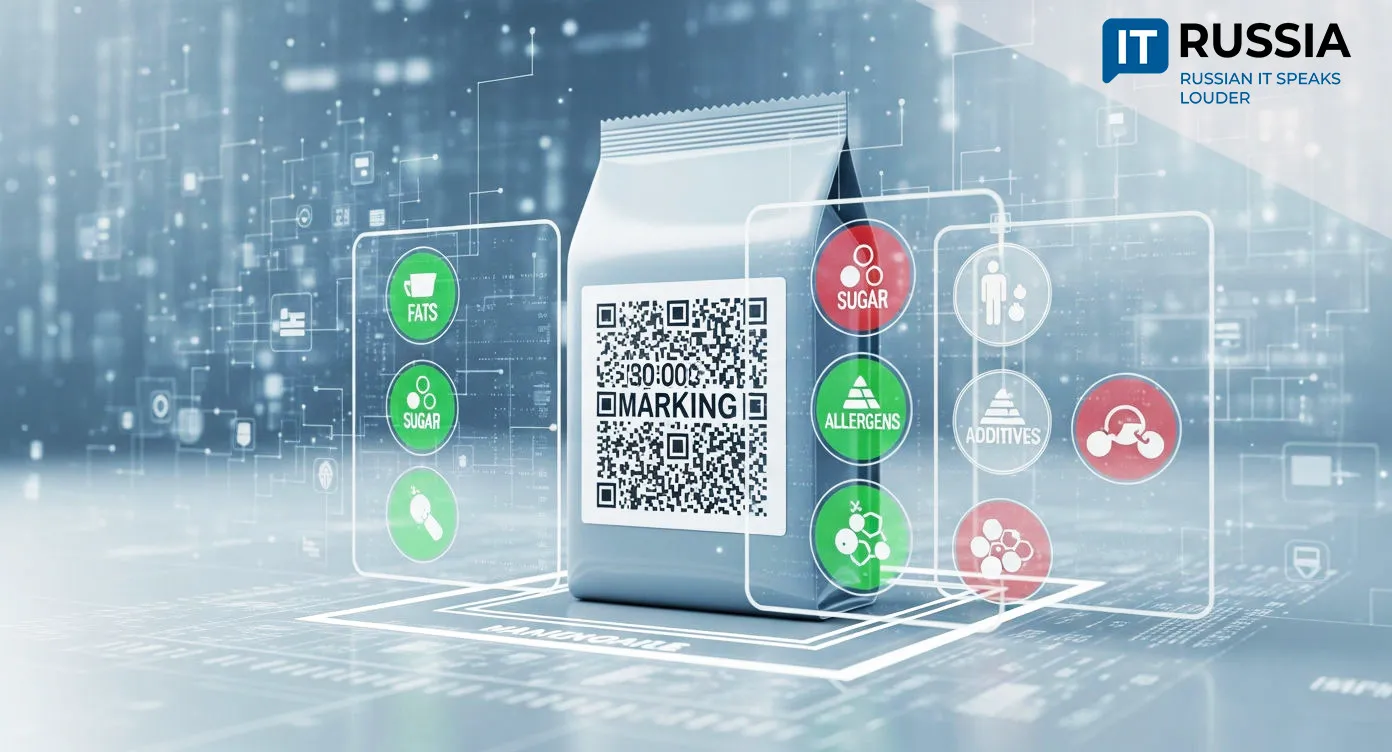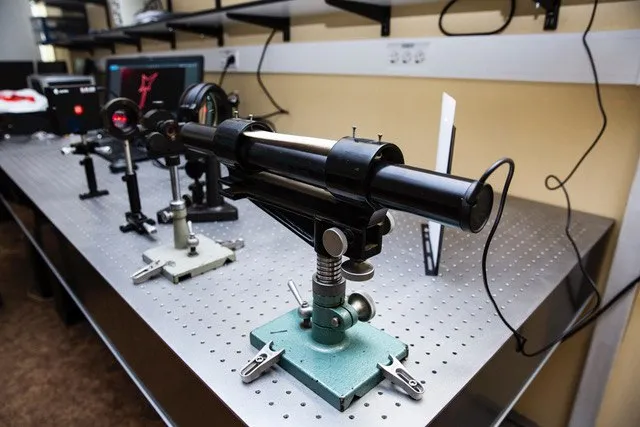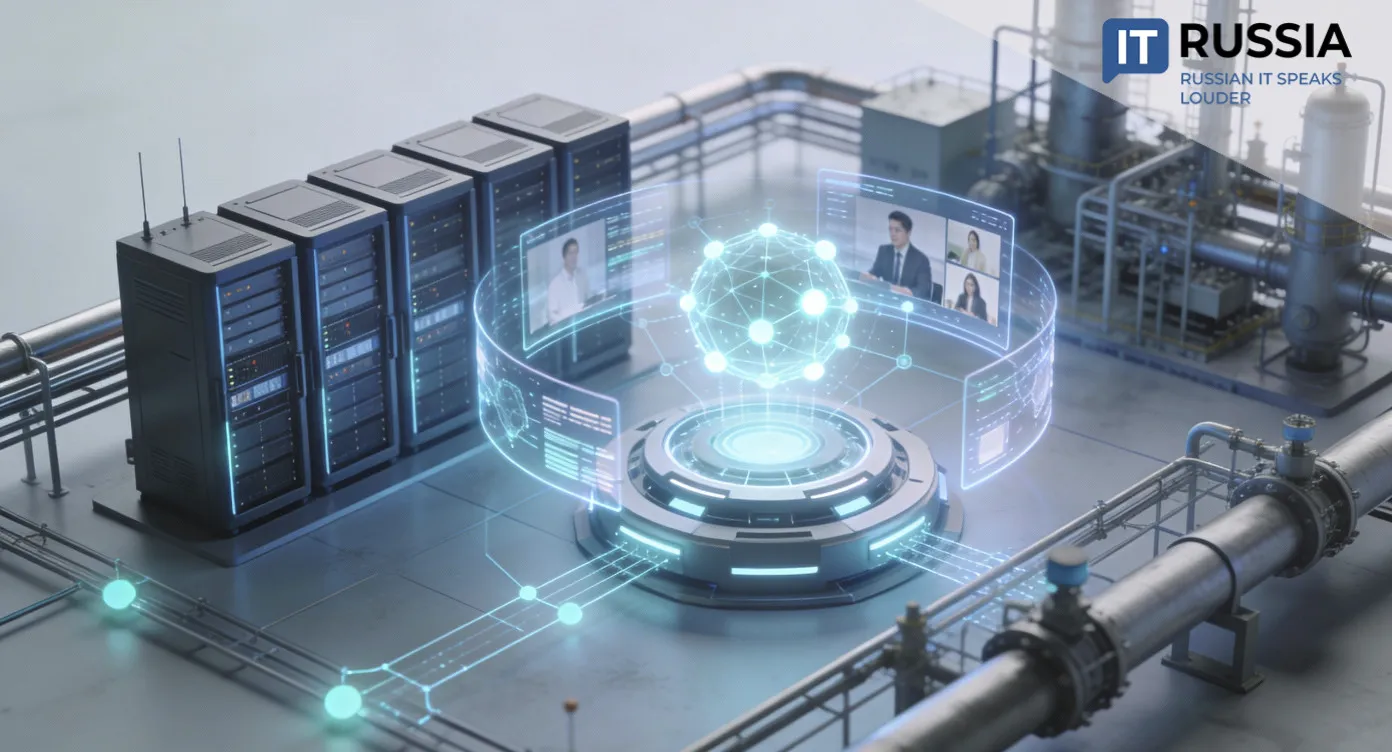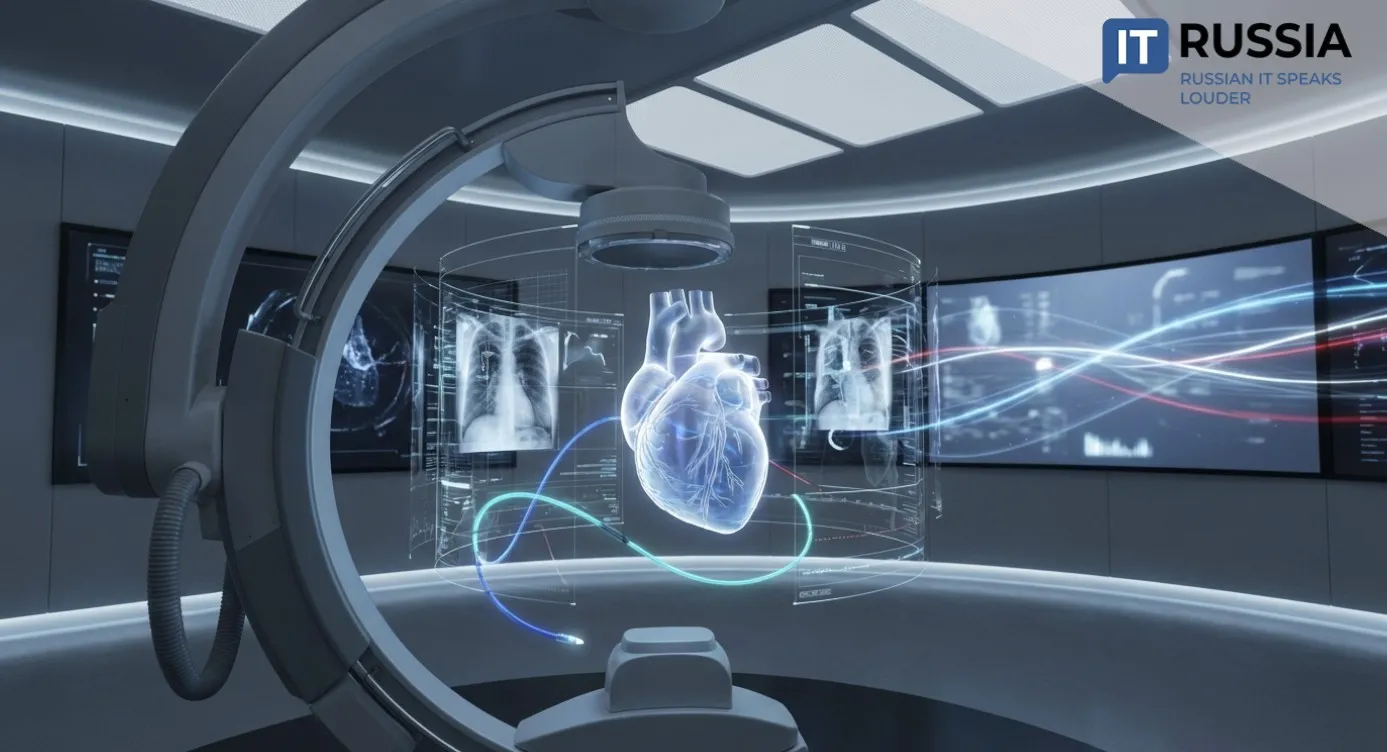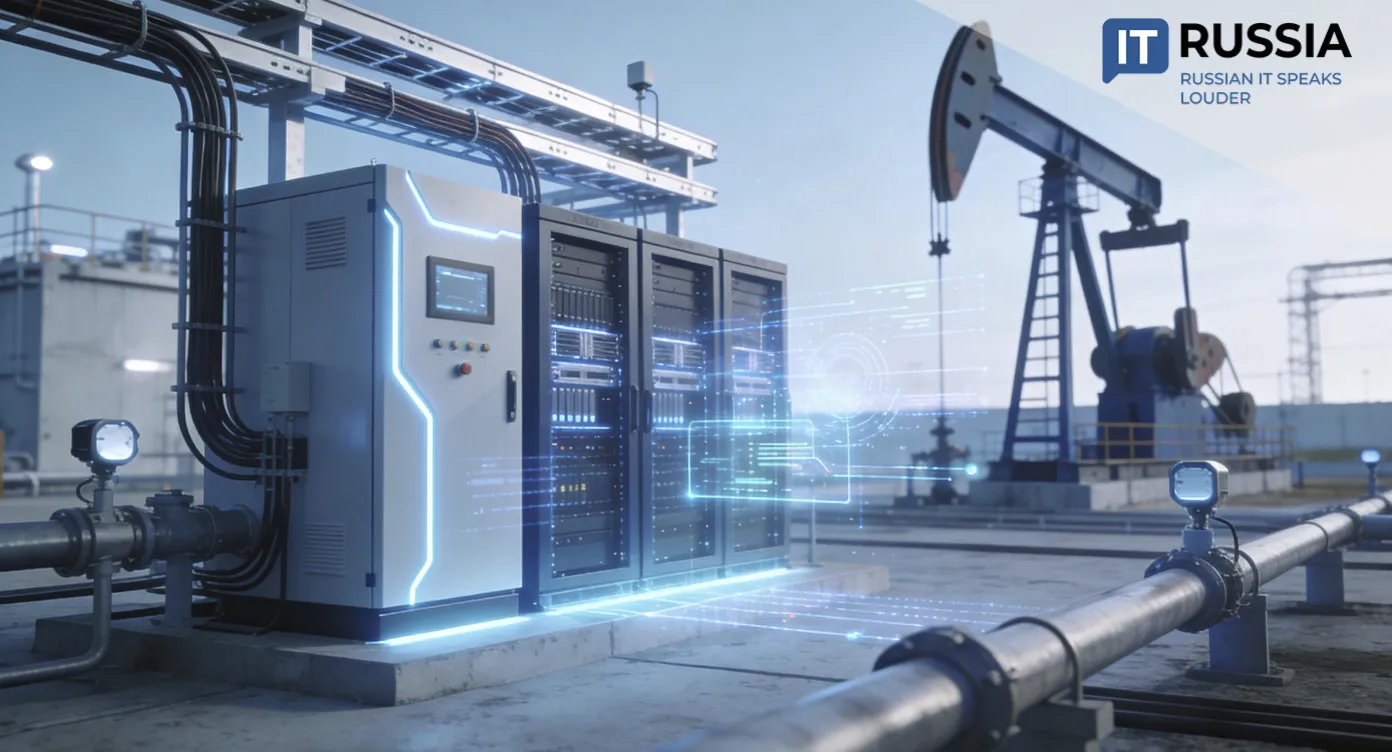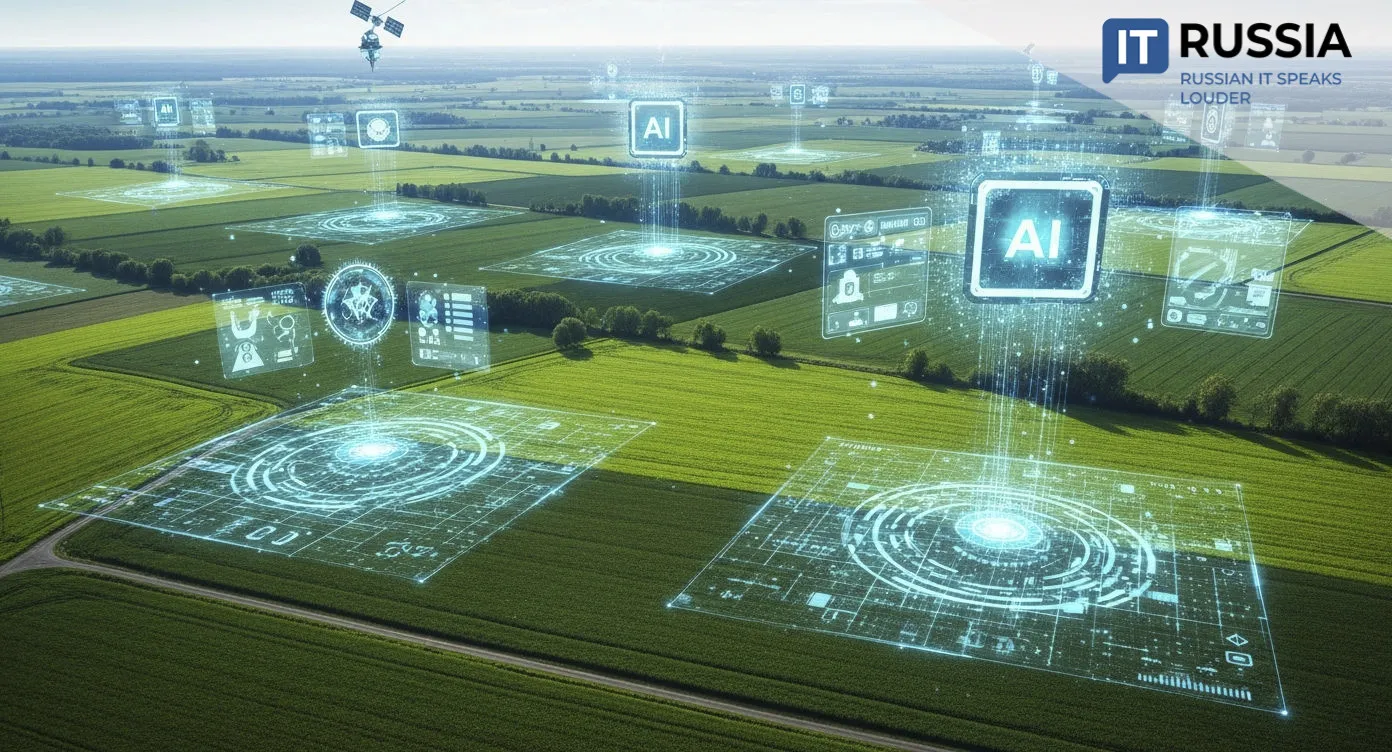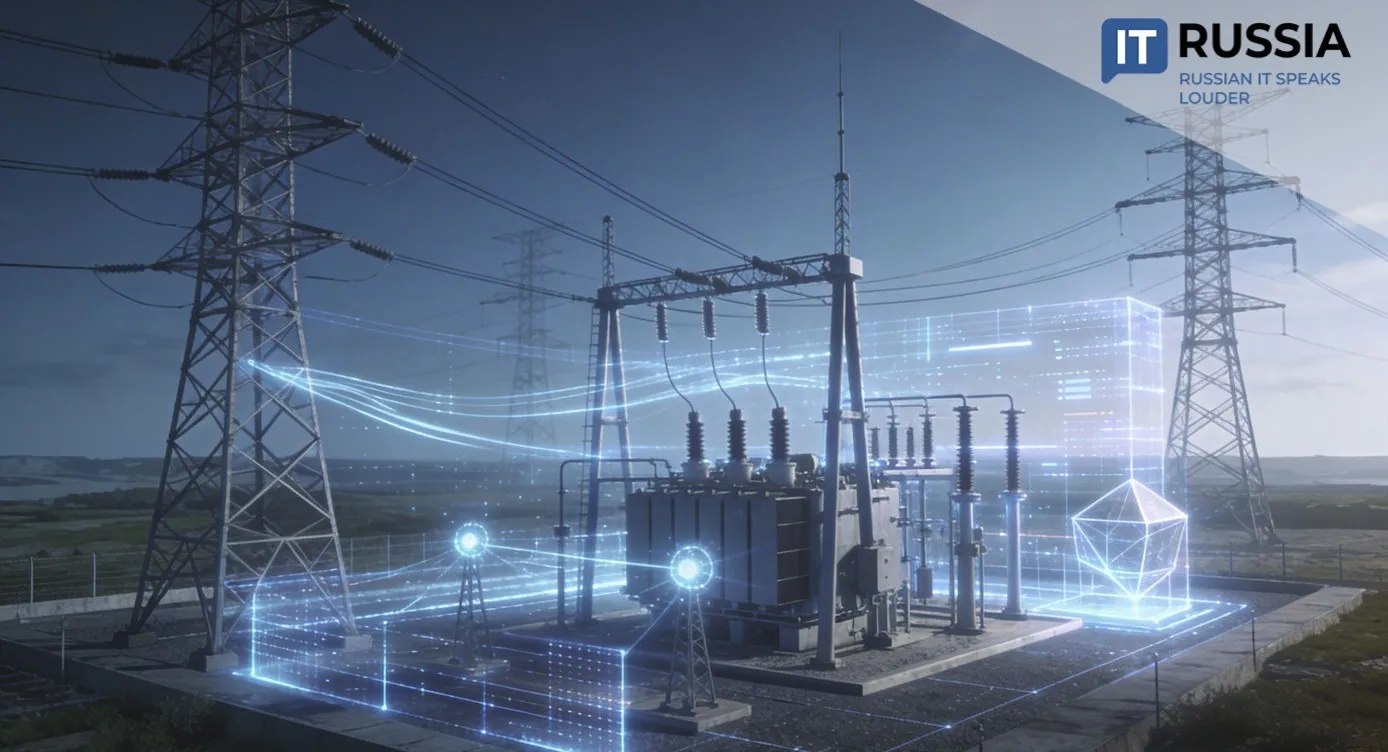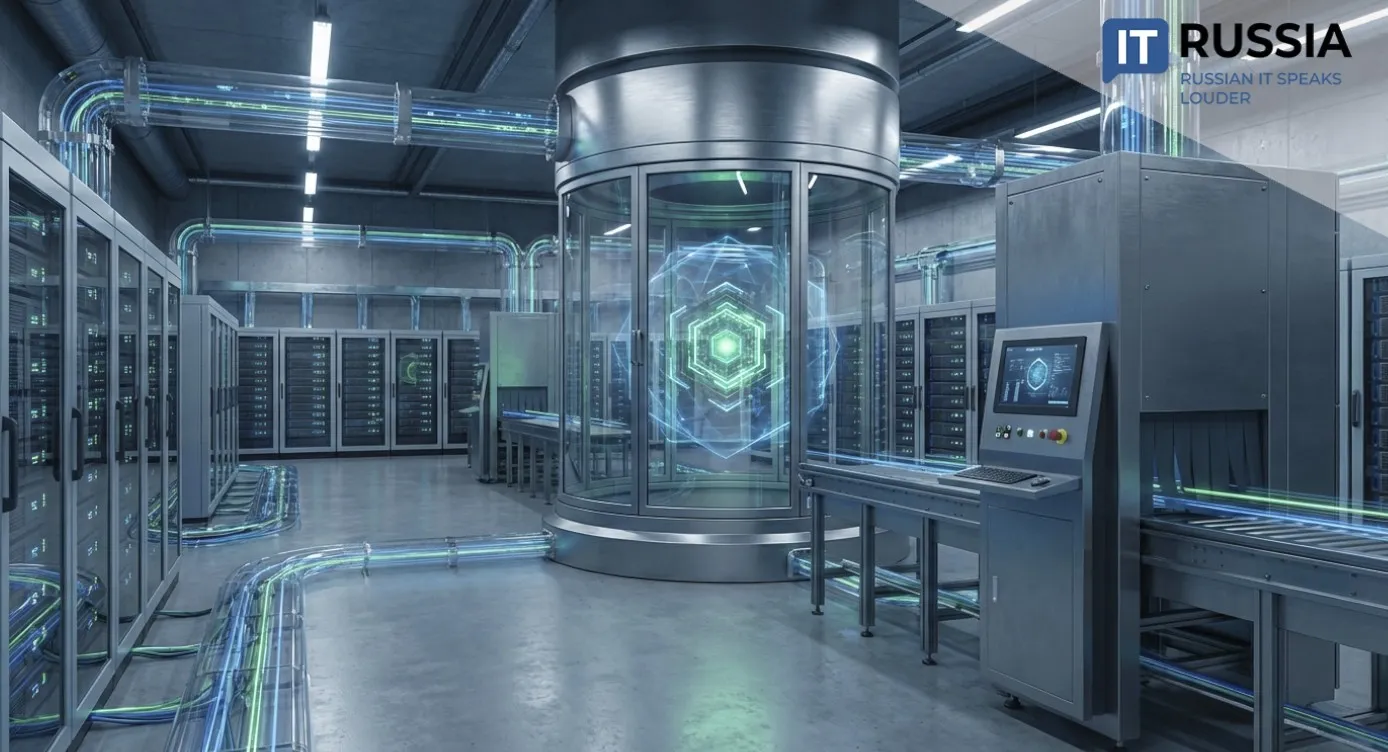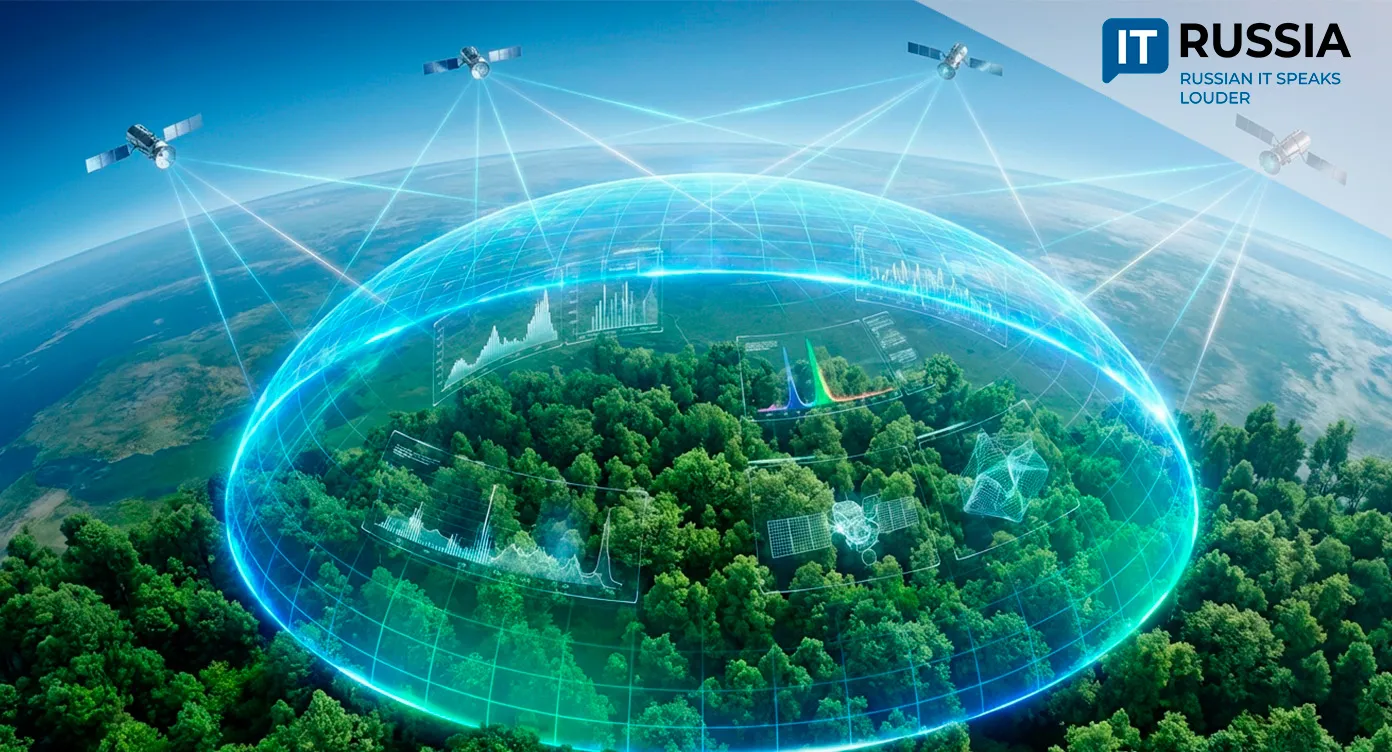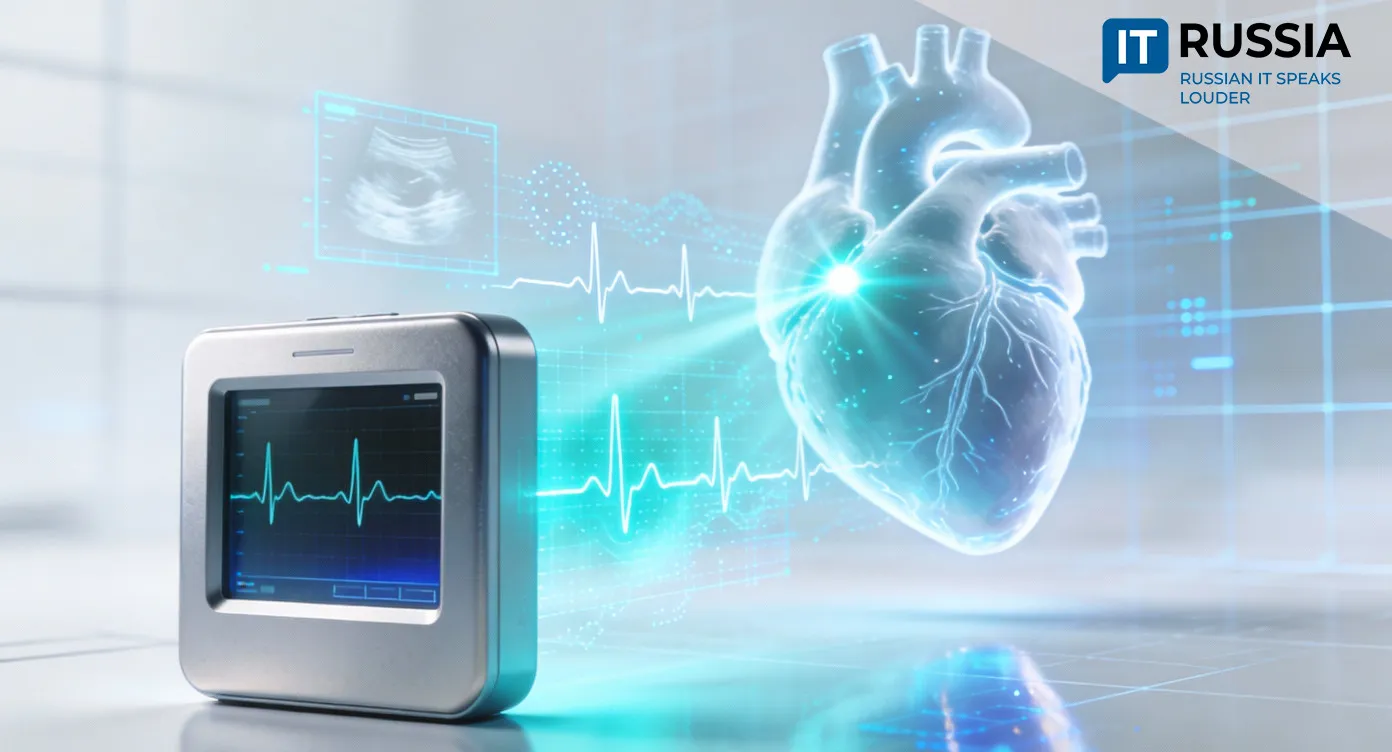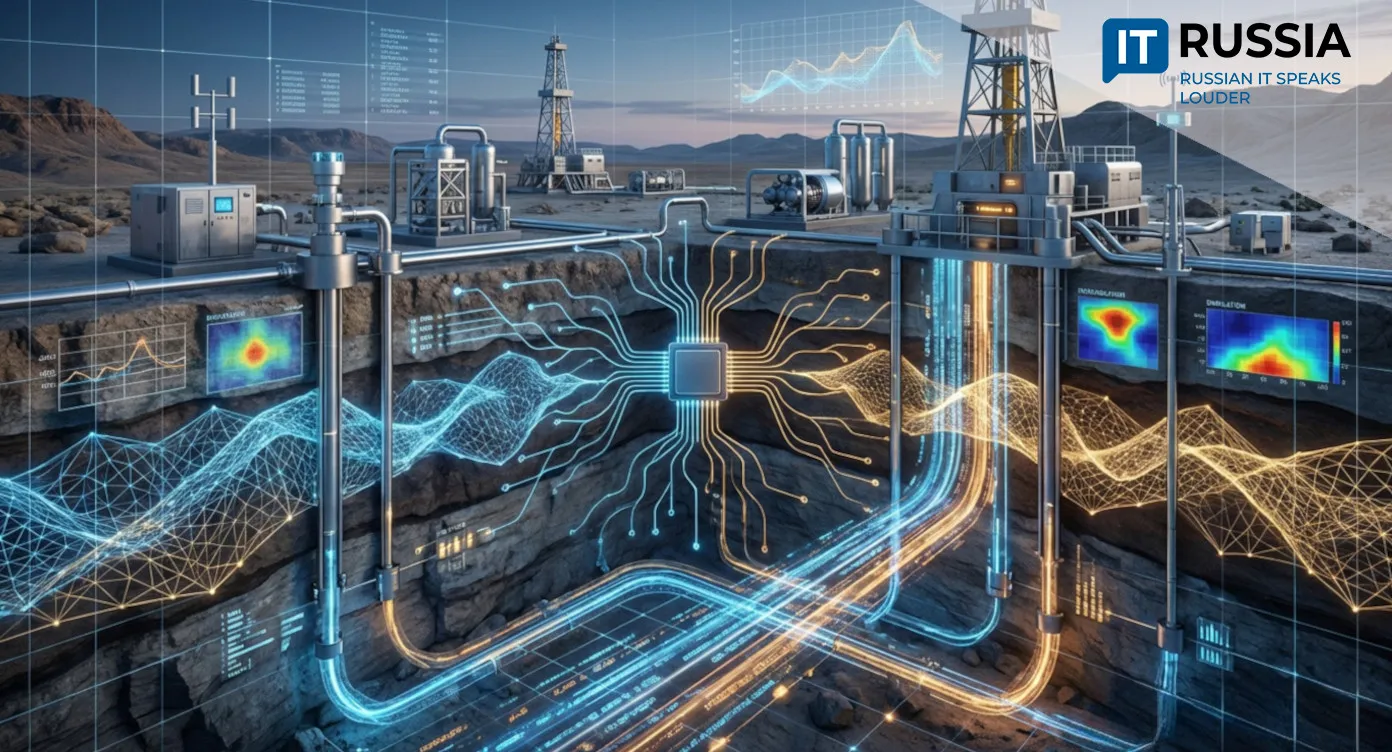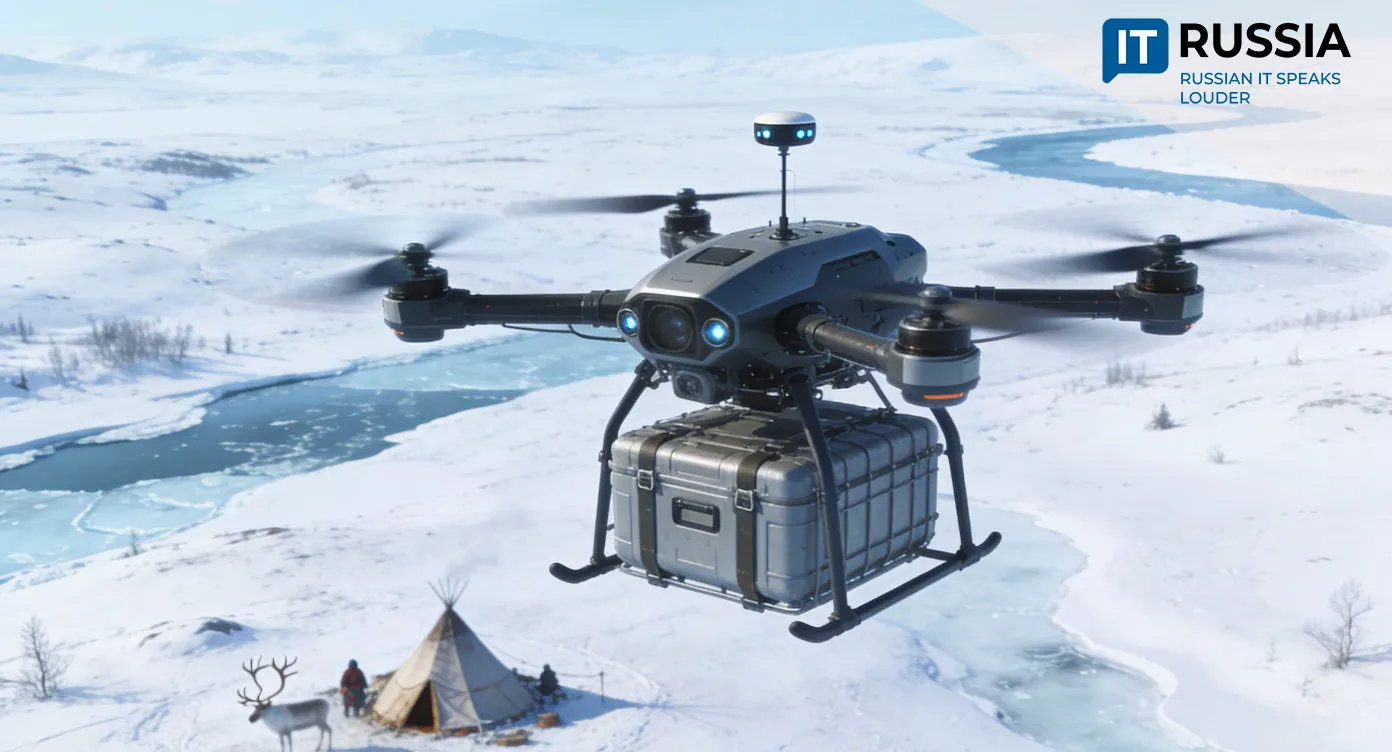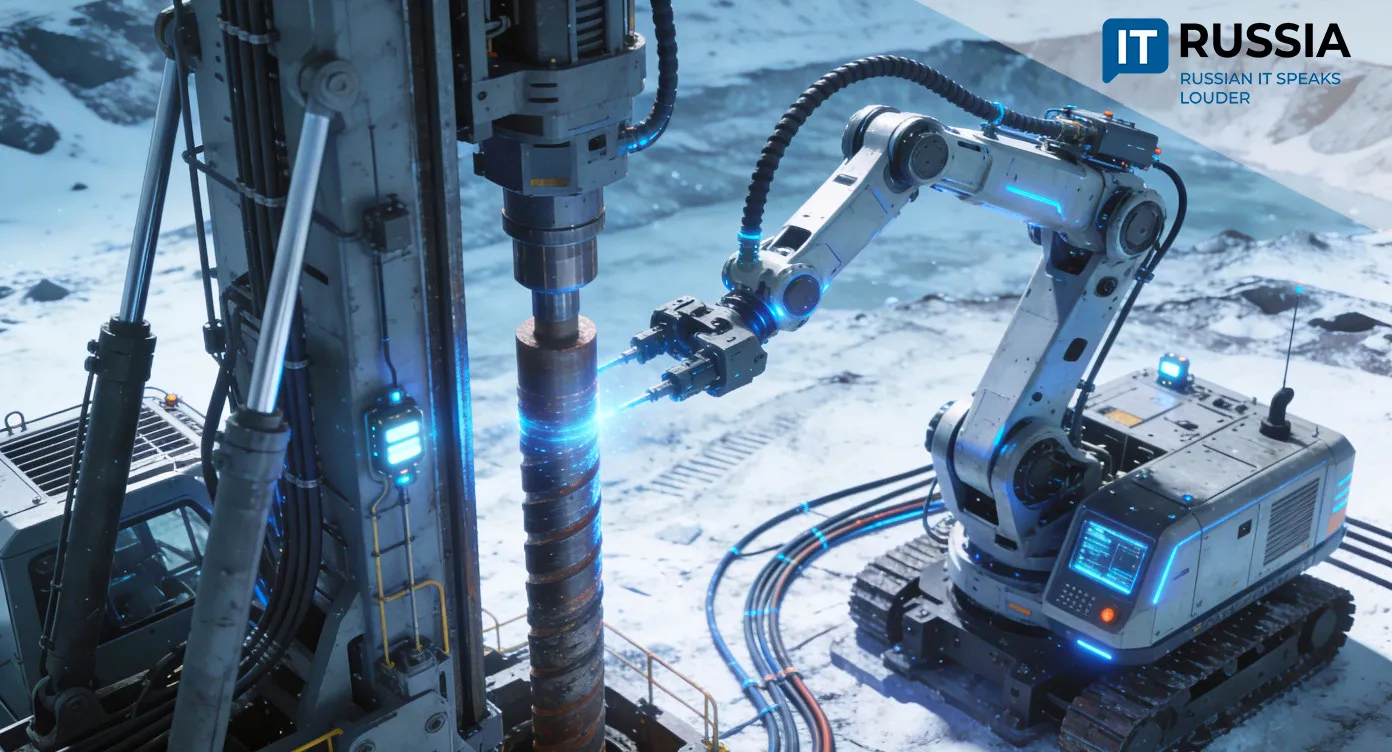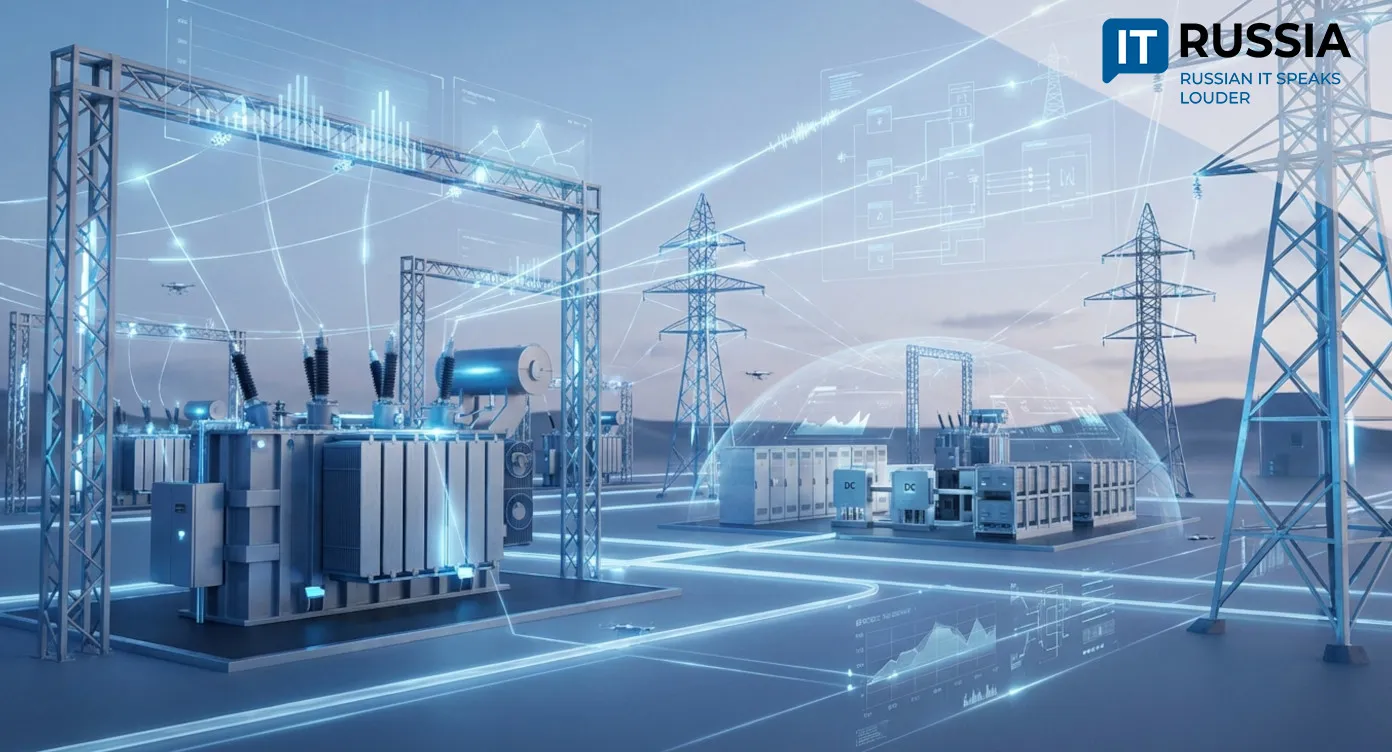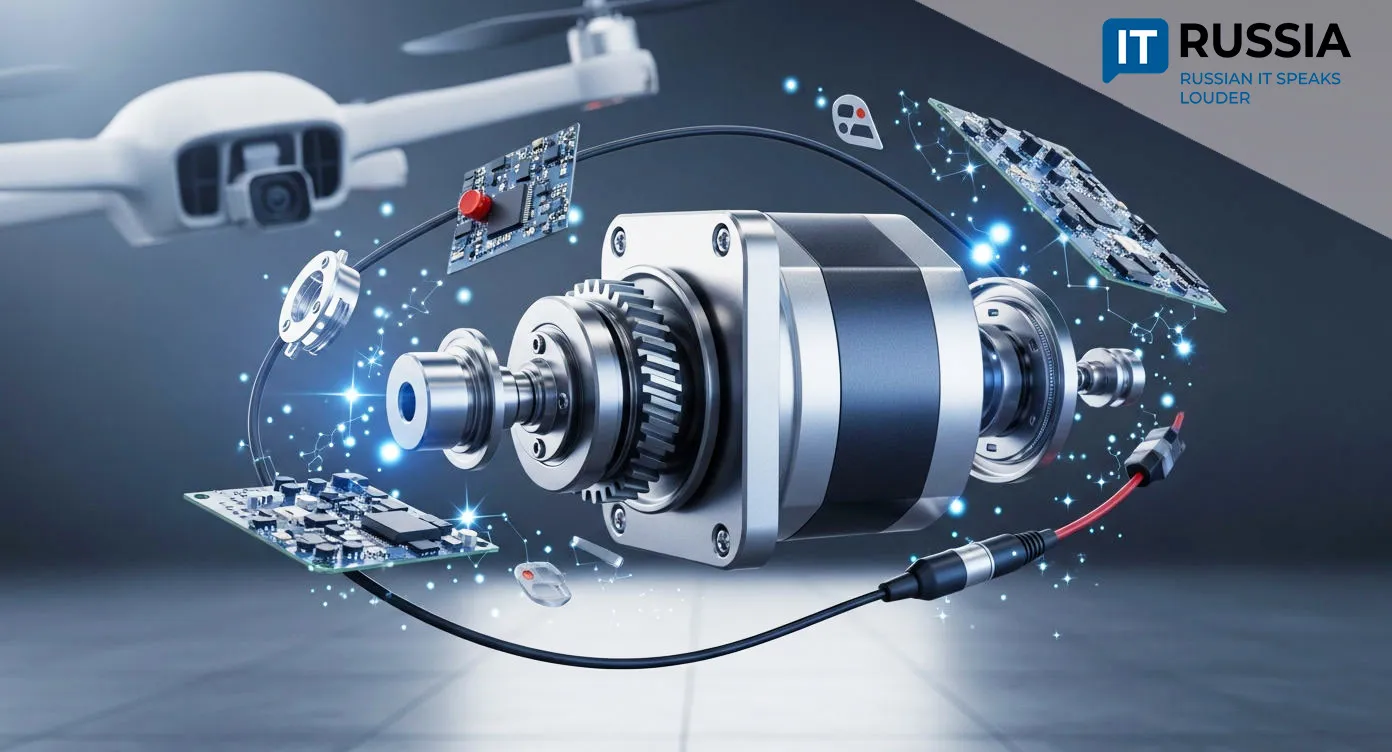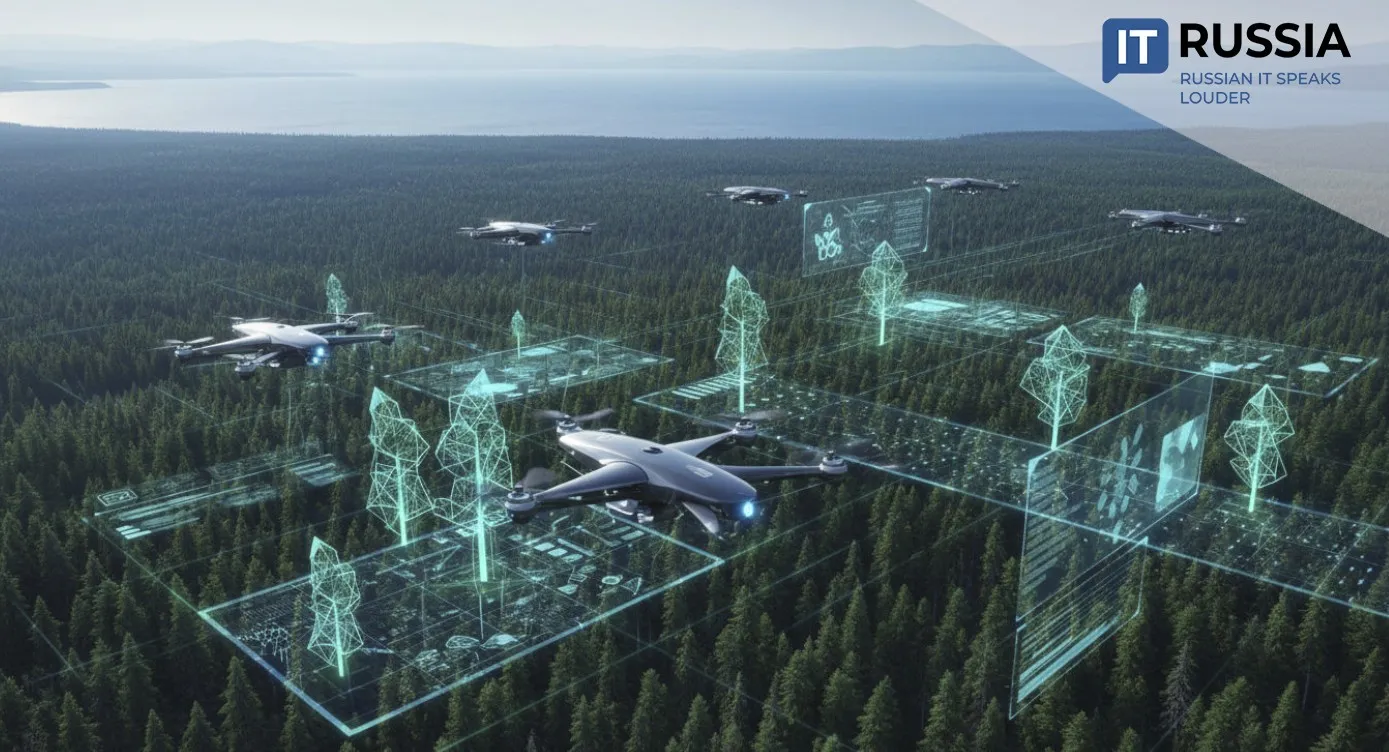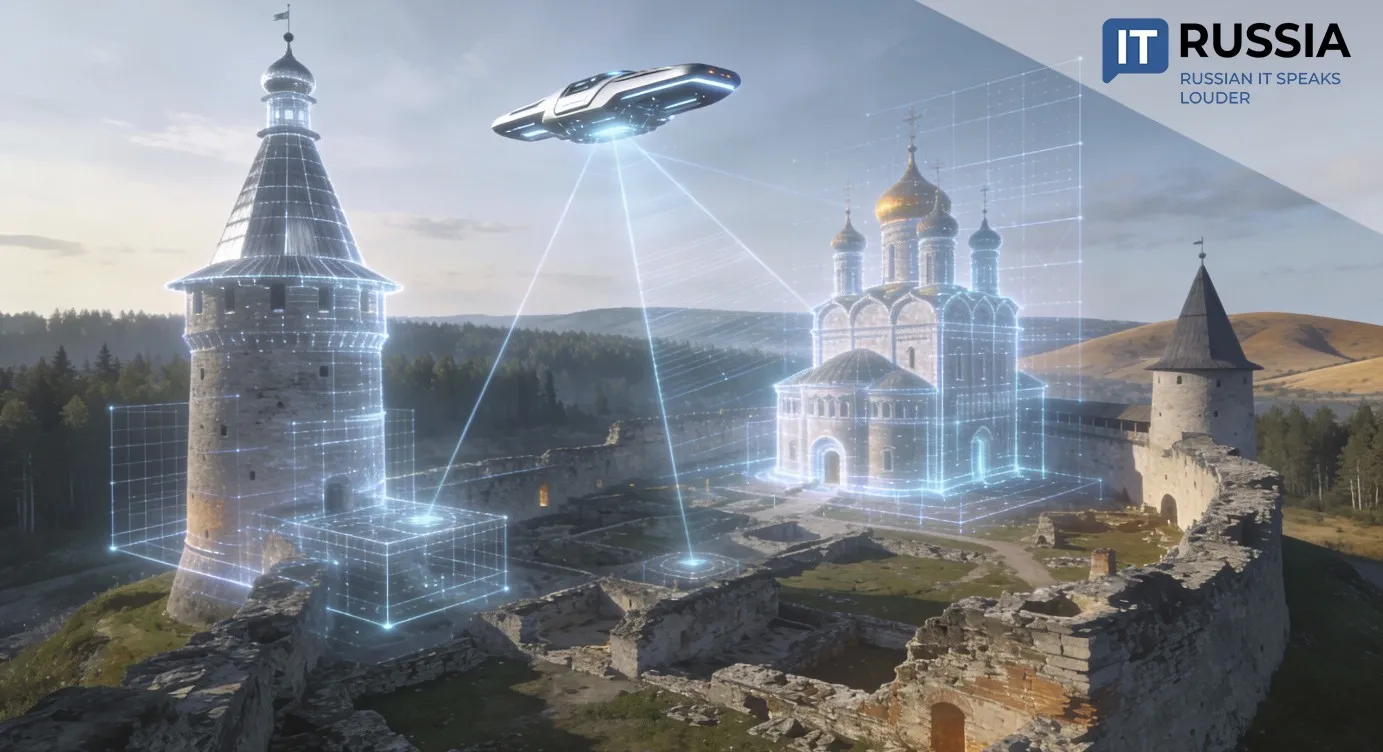New Supercomputer in Samara Accelerates Nuclear Data Processing in Russia
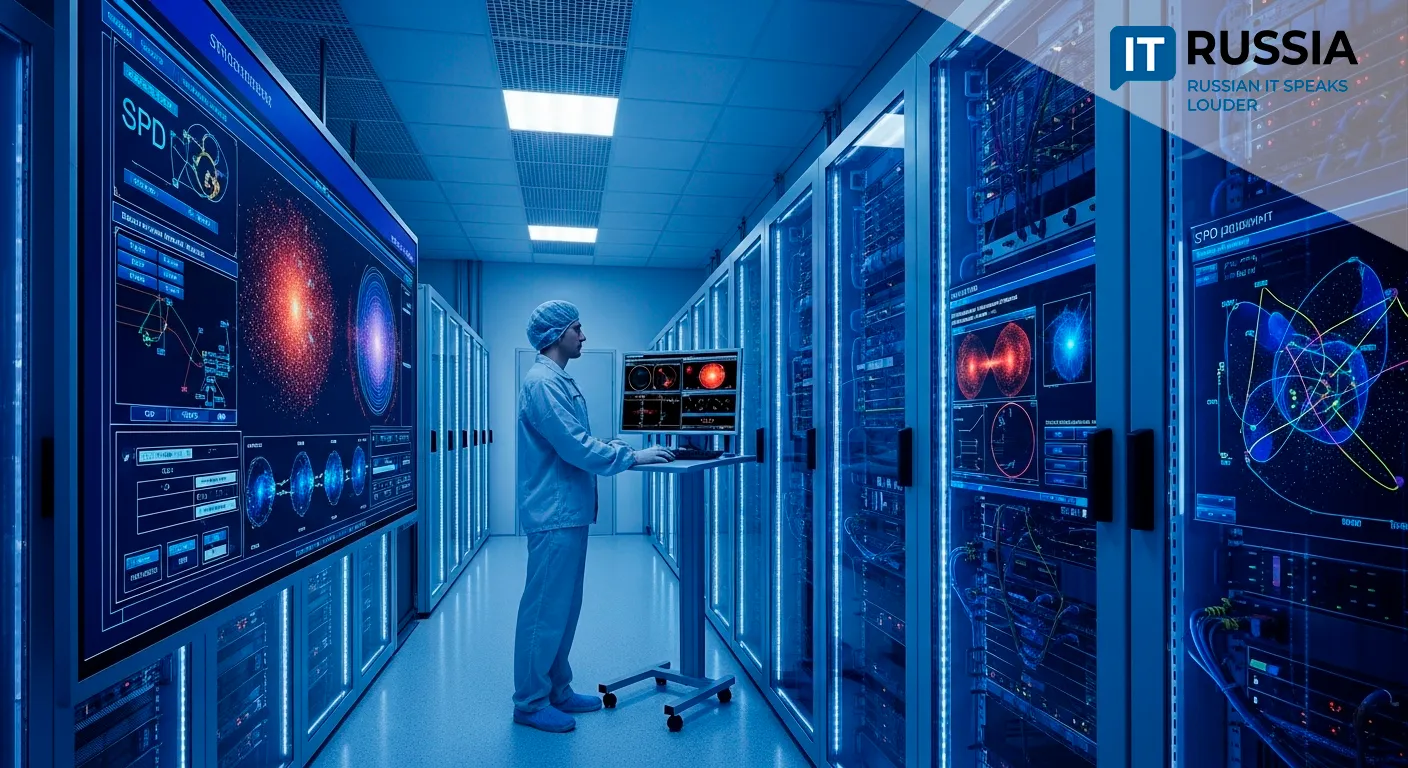
In July 2025, a new supercomputer went online at Samara National Research University to support Russia’s NICA collider experiments, significantly reducing data analysis times.
A Computational Breakthrough for Nuclear Research
Samara’s Korolev University launched a 300-node high-performance computing (HPC) cluster to process data from the NICA collider (Nuclotron-based Ion Collider fAcility), a major international research project led by the Joint Institute for Nuclear Research (JINR) in Dubna. The system supports the SPD (Spin Physics Detector) experiment, which explores spin-related properties of protons and deuterons through particle collisions recorded by the MPD and SPD detectors.
Equipped with state-of-the-art CPUs and GPUs, the supercomputer reaches 1.7 petaflops in double-precision operations, making it capable of simulating complex heavy ion collisions and analyzing massive datasets in near real-time. A 10-petabyte storage system ensures safe archiving of experimental results.
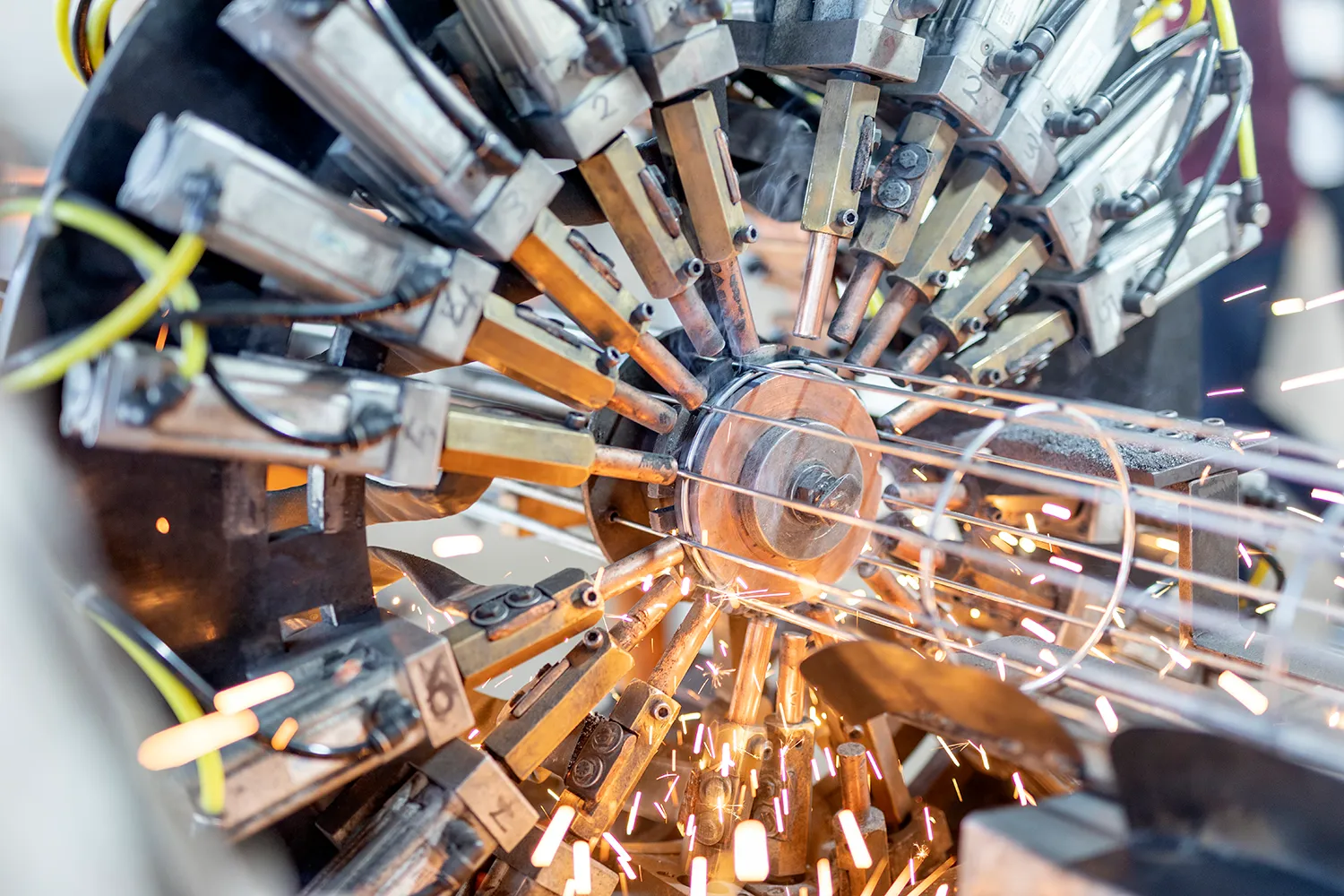
Significance for Russia and the Global Scientific Community
The Samara supercomputer is a vital component in the NICA project, which investigates fundamental properties of nuclear matter under extreme conditions. The SPD experiment, in particular, addresses open questions about particle spin—a key area in understanding the structure of matter.
For Russia, this development marks progress in its Priority 2030 program and strengthens its leadership in nuclear physics. It also supports job creation for engineers and data scientists, bolstering the digital economy.
On the global stage, the system enables deeper collaboration among scientists from 13 countries, including India and China, expanding NICA’s impact across borders.
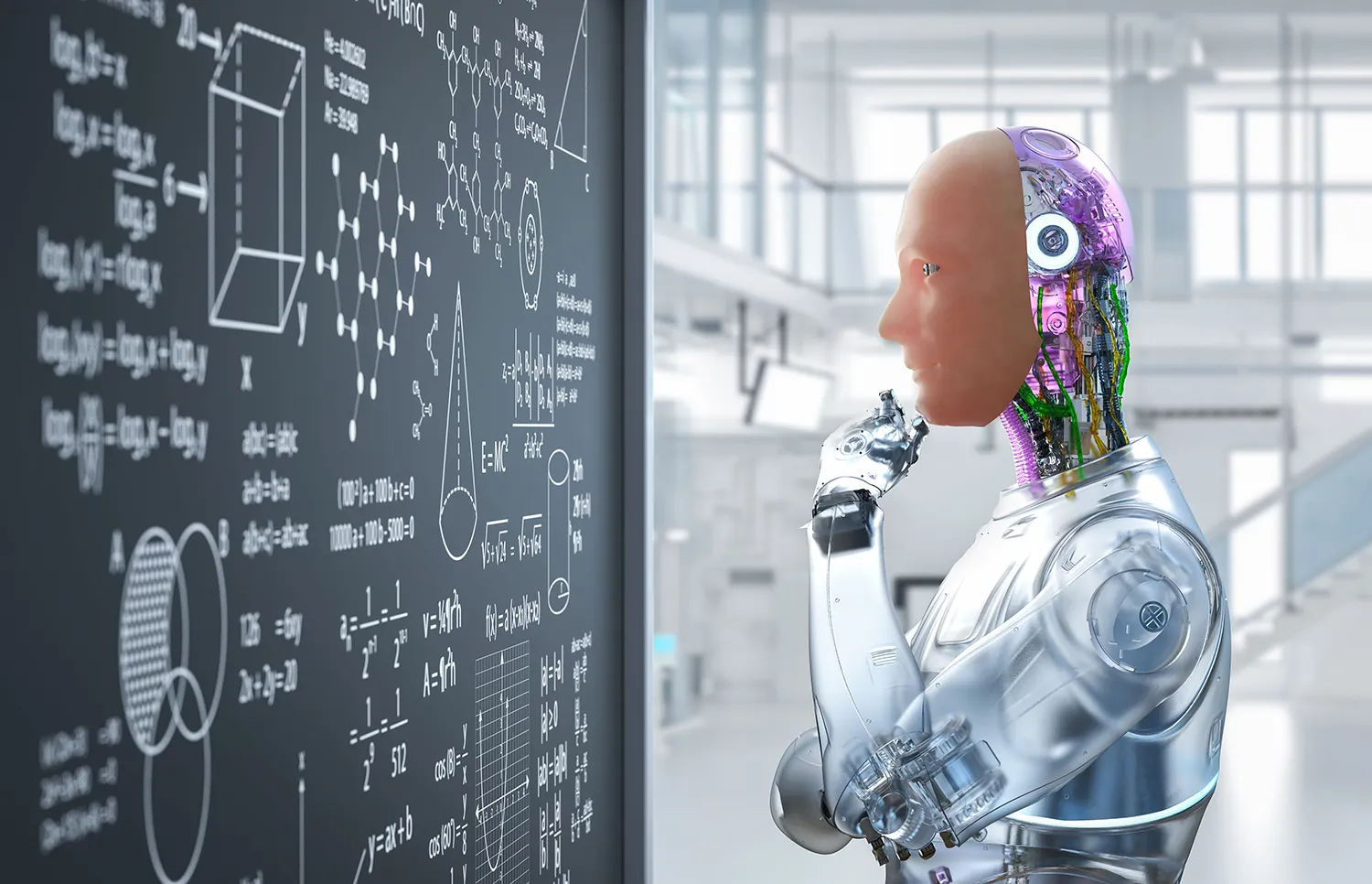
Technical Highlights and Innovations
The 300-node system features Intel Xeon Scalable processors and NVIDIA A100 GPUs, achieving 1.7 petaflops of performance. Its 10 PB data storage infrastructure is optimized for large-scale, high-speed analysis. Software was developed using domestic platforms and integrated with JINR’s digital systems, such as the NICA data management environment. Energy efficiency is enhanced by a liquid-cooling system, reducing power consumption by 5–6%.
A Retrospective and Strategic Context
Since 2018, JINR has steadily increased its computational capacity for NICA, starting with the Govorun supercomputer, which reached 2.2 petaflops in 2025. Samara University joined the initiative in 2021 to build a dedicated system for the SPD experiment. Infrastructure upgrades in 2023 laid the groundwork for this latest deployment.
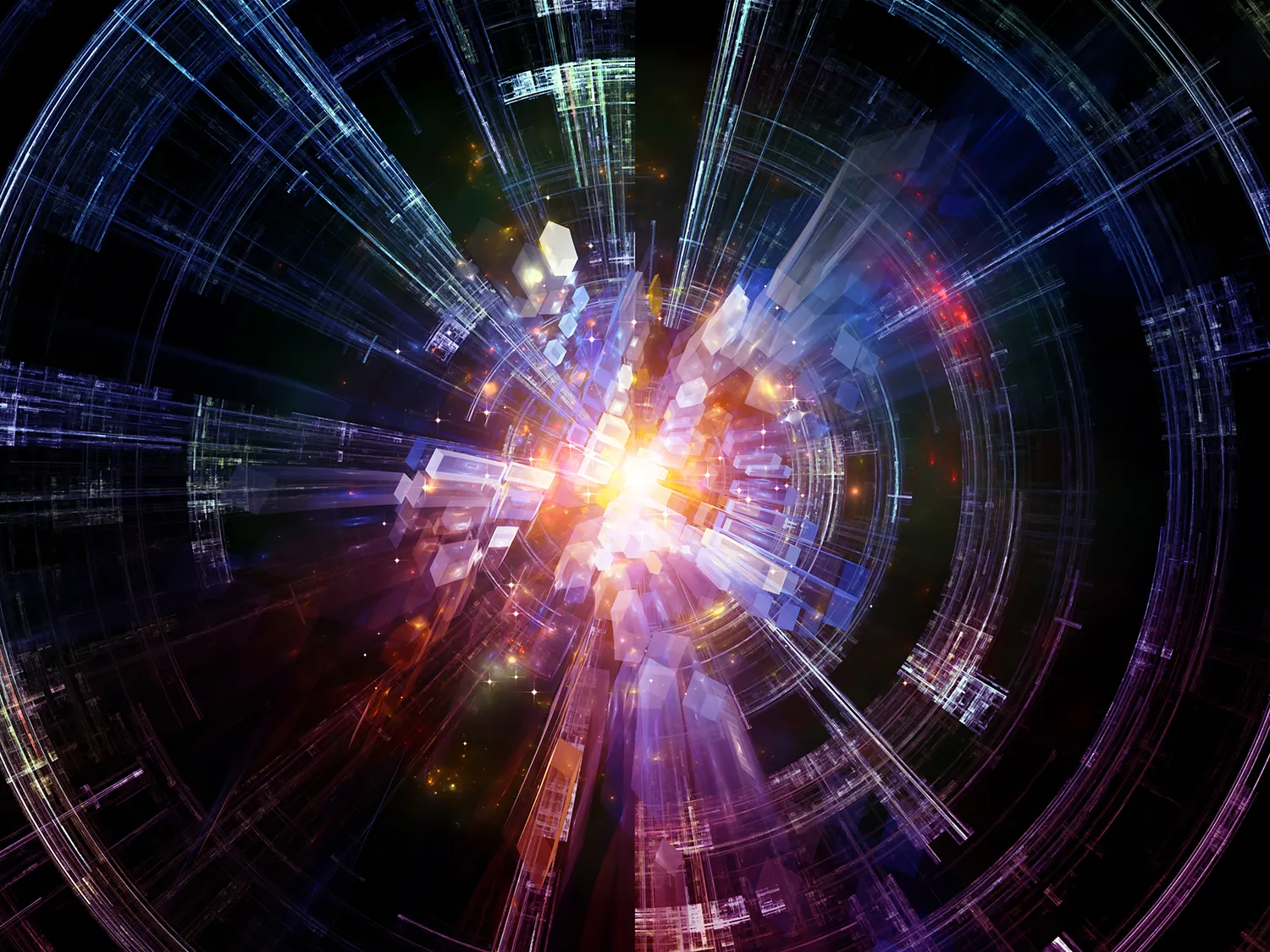
While systems like Summit (200 PF) and Fugaku (442 PF) dominate global rankings, the Russian platform stands out for its full localization—both hardware and software—which ensures digital sovereignty in a sensitive scientific domain.
Performance Gains and Export Opportunities
The Samara system reduces data analysis times from days to hours, increasing research throughput and improving experimental precision—critical for spin physics at SPD. Complete independence from foreign suppliers positions the system as a model for sovereign digital infrastructure.
Its design has export potential, especially for BRICS nations participating in NICA. India and China could adapt the architecture for local scientific applications. European research partners are also expressing interest in the system’s performance and localization advantages.



